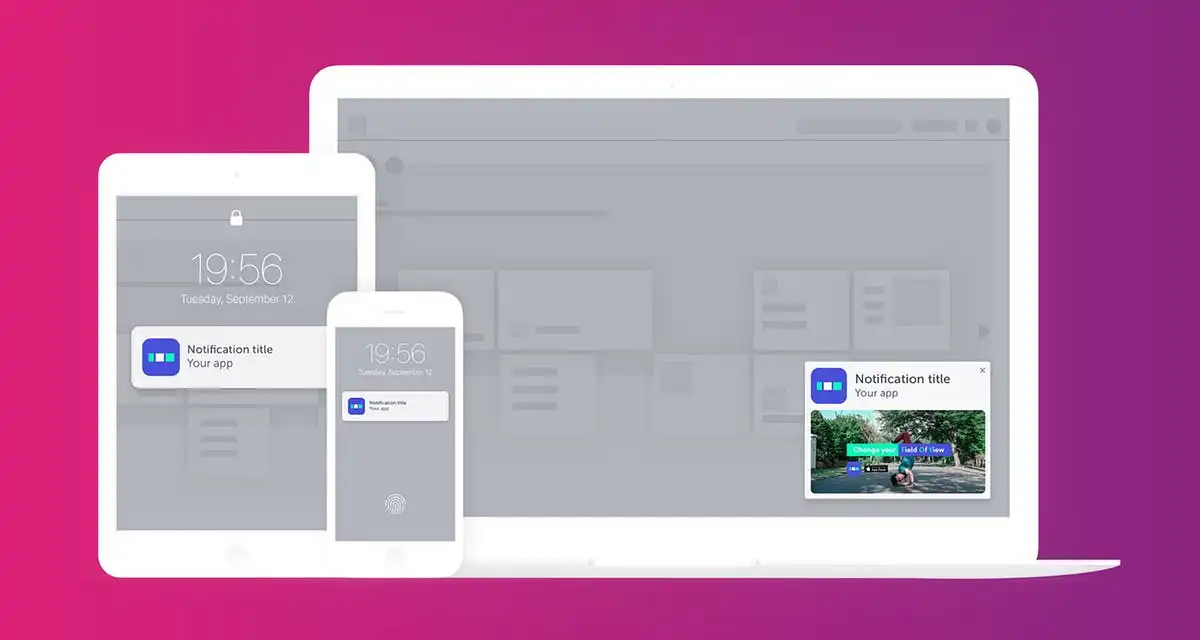If you’re a marketer, you know that keeping up with the latest trends in advertising is key to remaining relevant. And one of the hottest trends in the world of mobile advertising is push ads. In this blog post, we’ll take a closer look at what push ads are, how they work, and why they can be a powerful tool for your mobile marketing strategy.
What are Push Ads?
Push ads are a type of mobile advertising that sends promotional messages directly to a user’s smartphone or tablet. Unlike other forms of mobile advertising, which require users to actively seek out ads (like clicking on a banner or watching a video), push ads are delivered directly to users’ devices, often in the form of a notification.

How Do Push Ads Work?
Push ads work by leveraging the power of mobile apps. When users download an app, they often agree to receive notifications from that app. This gives marketers an opportunity to send targeted ads to users based on their behavior, interests, and demographics. For example, a retail app might send a push notification advertising a sale on shoes to users who have previously purchased shoes from that app.
Why are Push Ads So Effective?
There are several reasons why push ads can be so effective. First, they are highly targeted. Because push ads are based on user behavior and preferences, they are more likely to be relevant and engaging to users. This means users are more likely to engage with the ad, rather than ignoring or dismissing it.
Second, push ads are highly visible. Because they are delivered directly to users’ devices, they are hard to miss. This can help increase brand awareness and drive conversions.
Finally, push ads are highly customizable. Marketers can control when and how often push ads are sent, as well as what they look like and what they say. This makes it easy to test different ad formats and messages to find what works best.
Are There Any Downsides to Push Ads?
Like any advertising format, push ads have their downsides. One potential issue is that they can be seen as intrusive or annoying by some users. To mitigate this, it’s important to make sure push ads are highly targeted and relevant to users. It’s also important to give users the ability to opt-out of push notifications if they choose.
Another potential issue is that push ads can be expensive. Because they are highly targeted and customizable, they require a lot of time and resources to create and manage effectively. However, the potential ROI of push ads can make them well worth the investment.
Tips for Creating Effective Push Ads
If you’re considering incorporating push ads into your mobile marketing strategy, here are a few tips to keep in mind:
- Keep it short and sweet. Push notifications have limited space, so make sure your message is concise and to the point.
- Make it relevant. Use data about user behavior and preferences to make sure your ads are highly targeted and relevant.
- Test different formats and messages. Use A/B testing to find the ad format and message that works best for your audience.
- Don’t overdo it. Be judicious about how often you send push notifications to avoid annoying or overwhelming your users.
- Give users control. Allow users to opt-out of push notifications if they choose.
Final Thoughts
Push ads can be a powerful tool in your mobile marketing toolkit. By leveraging the power of mobile apps and delivering highly targeted, customizable, and visible ads directly to users’ devices, push ads can help increase brand awareness, drive conversions, and build customer loyalty. Just be sure to keep your messages short, sweet, and relevant, and give users the ability to opt-out if they choose.
